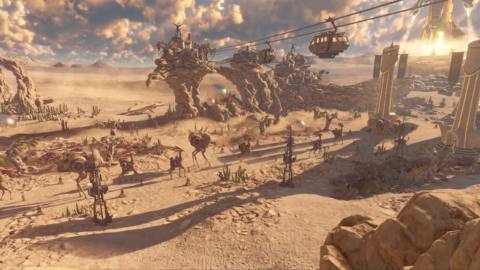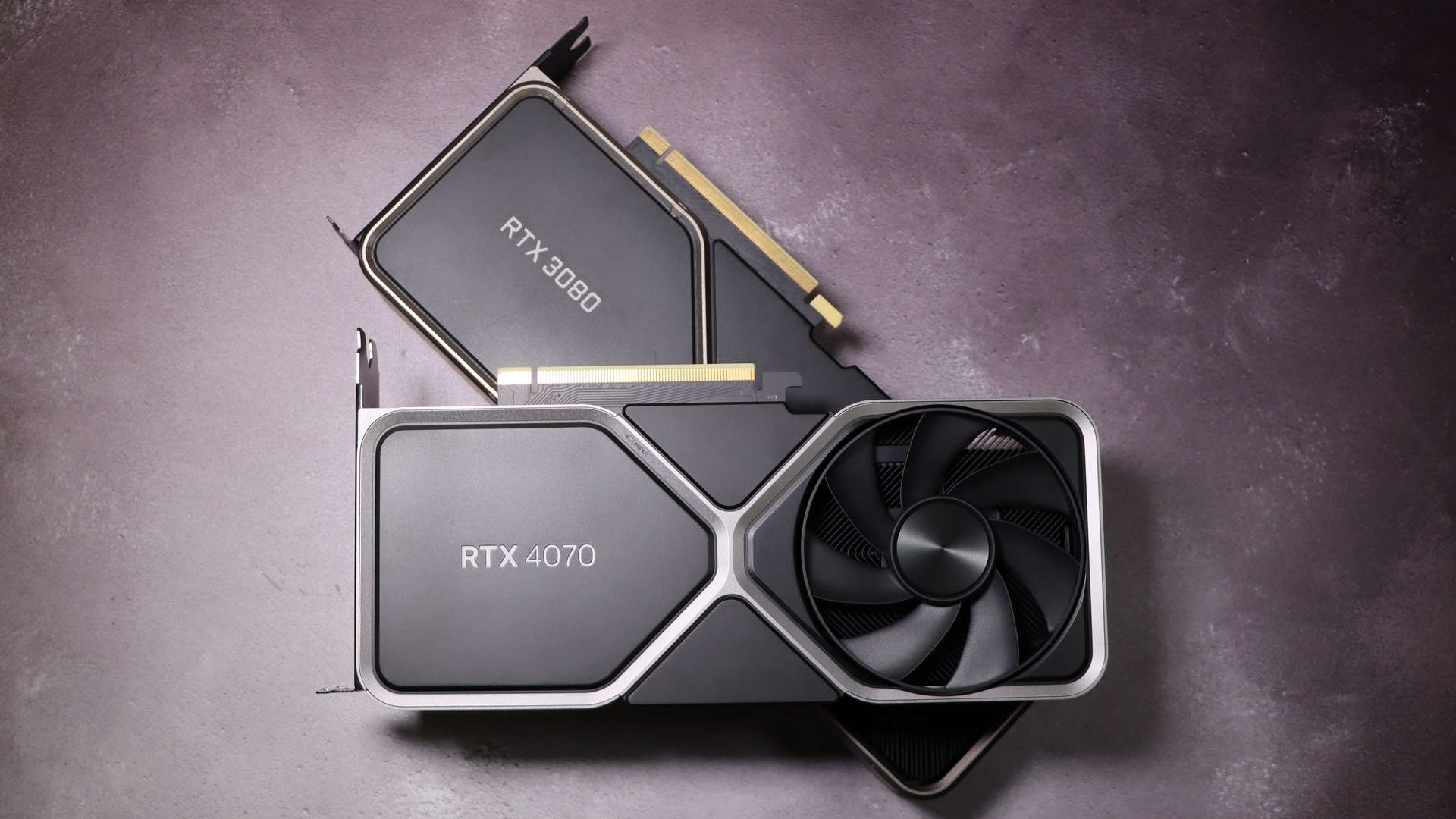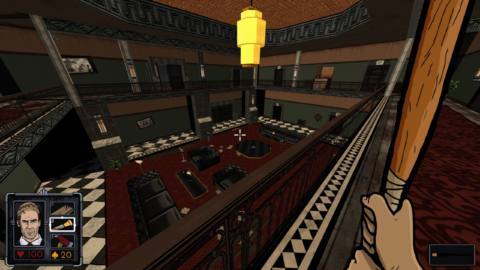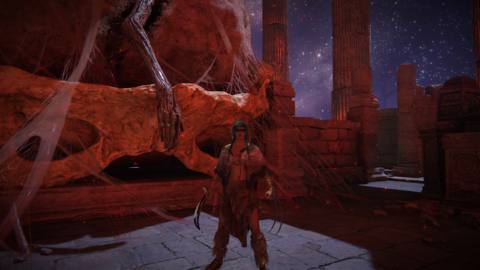I'd wager that nearly every enthusiast gamer has run 3DMark at some point. For years it's been the go-to benchmark for comparing GPUs whether on PCs, laptops, tablets or smartphones. It can be run on Windows, MacOS, Linux, iOS, and Android.
But no benchmark lasts forever, even if we do like to see bigger scores. Eventually, older 3DMark benchmarks become CPU-limited, making them irrelevant for their original purpose, which is to measure graphics performance.
It’s roughly three times heavier for your PC than Time Spy
UL Solutions, the company behind the ever-popular 3DMark benchmarking software, has released an update called Steel Nomad. It's been designed to supersede the now aging Time Spy benchmark. It incorporates the latest graphical enhancements and it's roughly three times heavier for your PC than Time Spy. Even though it lacks ray tracing—you can use Speed Way or Port Royal for that—it's still a punishing 4K benchmark that's useful for measuring the relative performance of a wide variety of devices. It has an option to run in DirectX 12 or Vulkan mode, and most importantly it's a free update for owners of the 3DMark suite.
Steel Nomad has two versions. Aside from the standard version that's best suited for discrete graphics cards and gaming laptops, there's a light version, which is designed for devices with integrated graphics, as well as tablets and smartphones. It runs at 1440p and isn't as punishing as the standard version. Interestingly, there's no CPU test, and the single test is quite short at just under one minute.

As a graphics card reviewer and former overclocker, I've run 3DMark literally thousands of times, so any time a new benchmark arrives, I just know I'll end up using it a lot. My very first run was on my 24/7 daily Mini-ITX system, made up of an Intel Core i5 13600K, Asus ROG Strix Z790I WiFi, G.Skill DDR5-6400 32GB and an RTX 4060. The result was a score of 2,310 or 23.11 FPS. That was with a whole bunch of other apps running as well, so that score is probably on the low side for such a configuration.
The same system scored 10,275, or 79.45 FPS in the Steel Nomad Light benchmark.

My initial impression was that Steel Nomad was influenced by the opening scenes from Star Wars: The Force Awakens, where Rey travels around the deserts of Jakku on her speeder bike and then visits the junk dealer in the settlement.
It has the characteristic orange sunlight tint and earthen hues common to 3DMark benchmarks as far back as 3DMark 05 and 06. I wouldn't say I was blown away by the visual quality of it. Some of the Unreal Engine 5 demos and games like Cyberpunk 2077 look substantially better in my opinion, though the lack of ray tracing is obviously a contributor to that.
Aside from the benchmark itself, there's a stress test option and an explorer mode. The stress test's purpose is self explanatory. It's just a loop and it's useful for testing things like overclock stability, thermal performance and clock speed fluctuations. At the end of the test, you'll see data on frame rates from the best and worst loops, the score for each loop, and some system-monitoring information. Handy!
The Explorer mode lets you move about the scene freely. It allows you to experiment with various rendering and post-processing settings. I spotted a couple of easter eggs including a flying robot from the Port Royal test and butterflies from the 3DMark 01 test— from nearly a quarter of a century ago! I got old, suddenly.

I decided to run Steel Nomad on something more high-end. I'm currently running through a series of Mini-ITX motherboard tests, and the setup on the testbench right now is made up of an AMD Ryzen 9 7950X, MSI B650I Edge, 32GB of DDR5-6000 memory and an RTX 4090 Founders Edition. The final score was 9,348, or 93.49 FPS.
That FPS number would be considered very much playable in a real-world scenario. It's not too low to be a slideshow as happens with lower-tier GPUs in Speed Way, but at the same time, future GPUs should still scale, as long as the benchmark does not run into CPU limitations too quickly at higher FPS.

Best CPU for gaming: The top chips from Intel and AMD.
Best gaming motherboard: The right boards.
Best graphics card: Your perfect pixel-pusher awaits.
Best SSD for gaming: Get into the game ahead of the rest.
I welcome the release of Steel Nomad. Nvidia deserves credit for its industry-leading ray tracing performance, but raster performance still matters. It's easy to view things through the lens of $500+ discrete graphics cards, but ray tracing is less relevant for users with older cards or mobile devices, making Steel Nomad a welcome addition for users with devices that would otherwise be severely bottlenecked because of a lack of ray tracing grunt.
3DMark Steel Nomad is available as a free download for existing owners of the 3DMark suite. For PC gamers that don't own 3DMark, It's available on Steam for $34.99 / AU$50.95, but for one week, you can grab it for 75% off, or $8.75 / AU$12.74.
Aside from the Windows version, Android and iOS users can grab it from their respective app stores. Linux and macOS users will have to wait a bit longer, though UL says support is coming.






